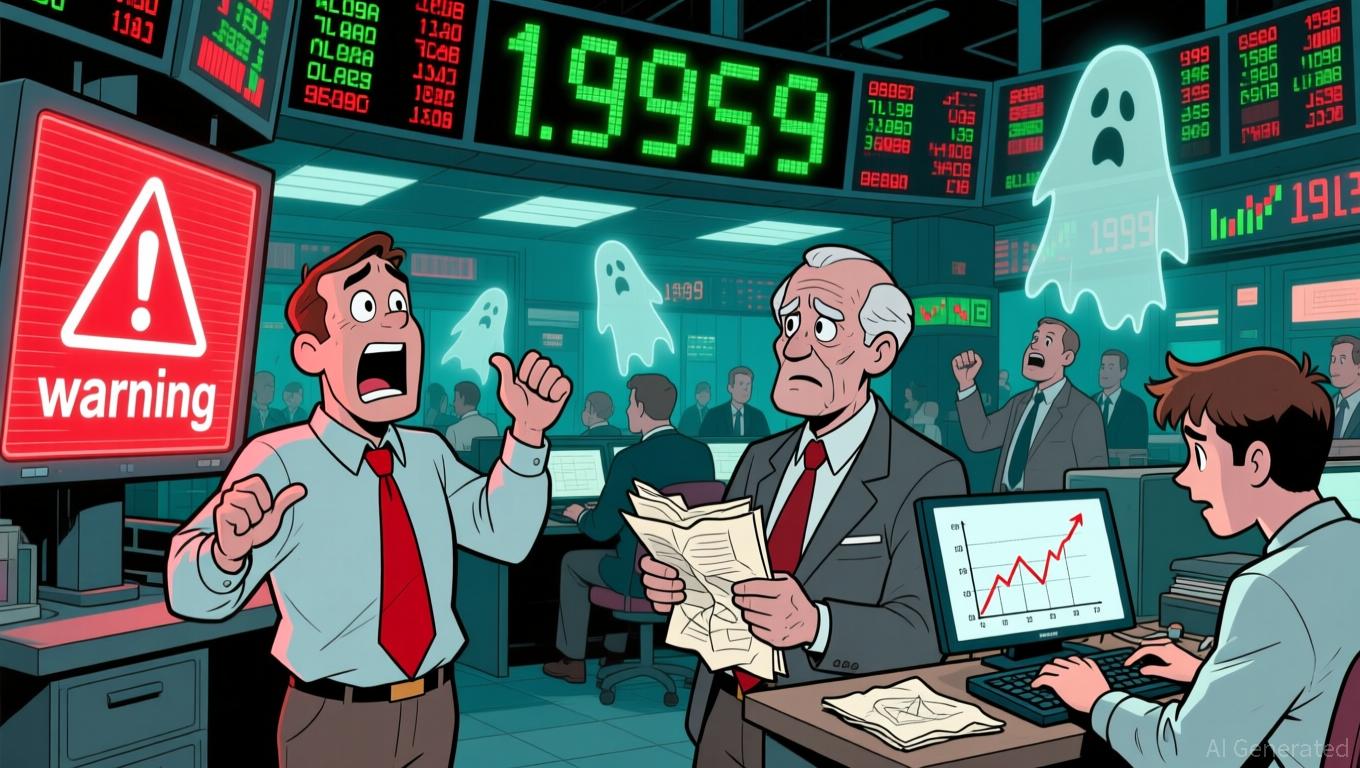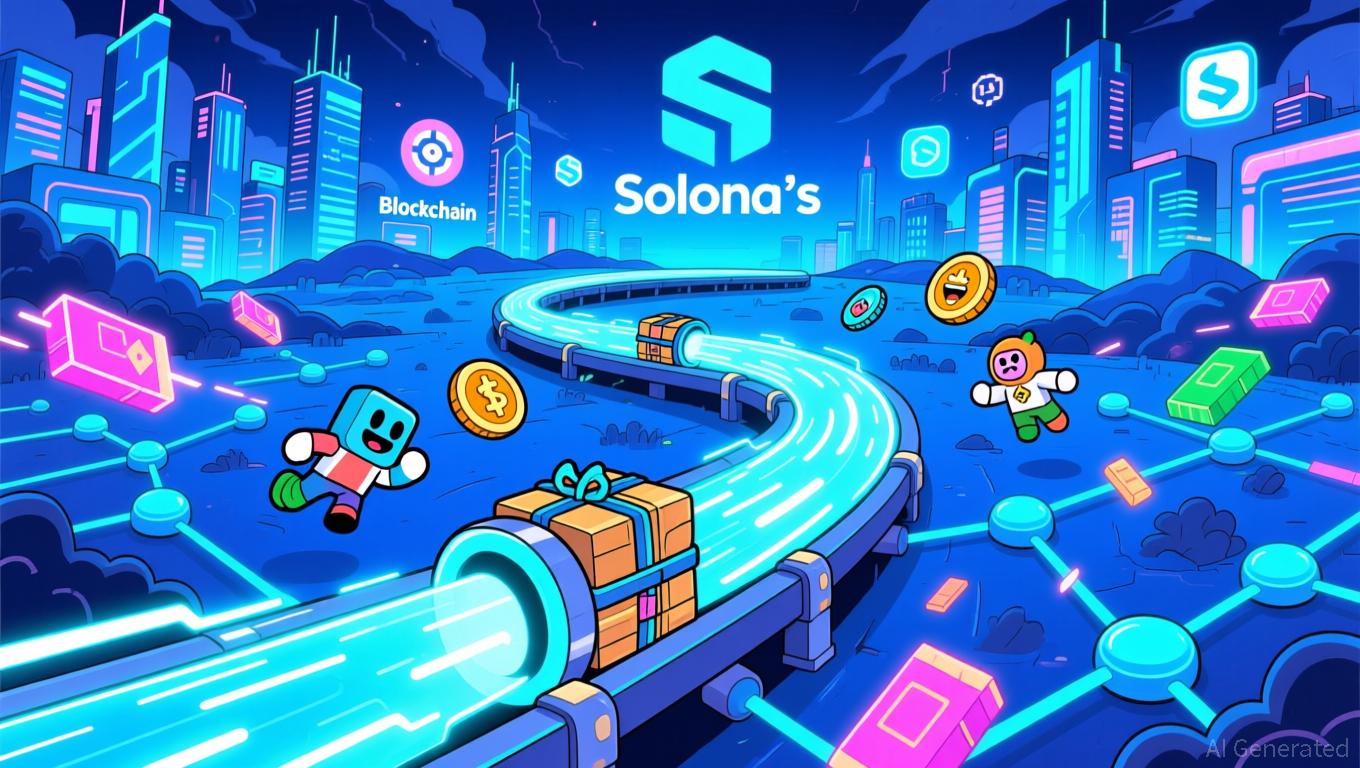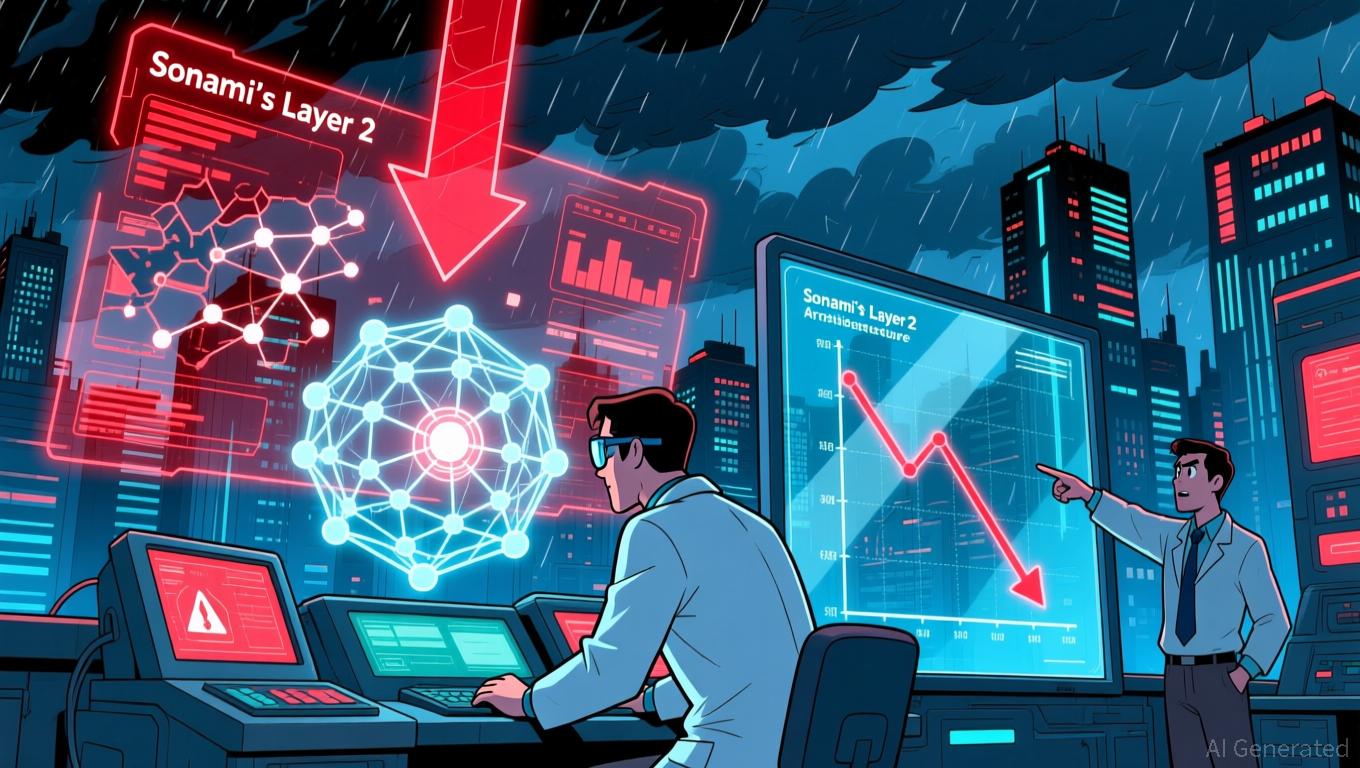U.S.-China Trade Agreement Calms International Markets, Prevents Further Tariff Increases
- U.S. and China agree to delay 100% tariffs on Chinese goods and extend rare earth export controls by one year, averting Trump's November 1 threat. - Framework includes China resuming U.S. soybean purchases, addressing fentanyl supply chains, and potential AI cooperation with U.S. tech firms like Nvidia. - Preliminary deal stabilizes trade tensions ahead of Trump-Xi summit in South Korea, though unresolved issues like Taiwan and Jimmy Lai's case remain. - Global markets benefit from reduced trade uncertai
China and the United States have come to an initial trade understanding that will prevent a planned 100% tariff increase on Chinese imports and postpone controversial restrictions on rare earth exports, U.S. Treasury Secretary Scott Bessent said, as cited by
Bessent called the framework "highly significant," noting that China has agreed to put off its expanded rare earth licensing rules for another year while reconsidering the policy,

The deal also involves China agreeing to restart large-scale purchases of U.S. soybeans, a major priority for American agriculture, and to address supply chains linked to fentanyl that contribute to the opioid crisis in the U.S., according to
Chinese authorities have been reserved, refraining from sharing details about the breadth of the deal. Li Chenggang acknowledged that both sides had reached a preliminary agreement to extend the current trade ceasefire, set to expire November 10, and to continue talks on fentanyl and export controls, The Economic Times noted. The results of these negotiations are crucial for the global economy, as the U.S.-China trade partnership is a key pillar of worldwide financial stability.
Experts believe the agreement demonstrates both countries’ desire to prevent further economic shocks. Economists at ING expect a favorable outcome, pointing to a "softening of language" and Trump’s public statements about achieving a "fantastic deal," according to the
The framework also paves the way for future collaboration on artificial intelligence, with Bessent mentioning ongoing talks involving U.S. technology companies like Nvidia, as reported by Cryptopolitan. Nonetheless, larger geopolitical challenges—including the Taiwan issue and the detention of Hong Kong media mogul Jimmy Lai—remain unresolved and could complicate future relations.
Trump and Xi are scheduled to meet in South Korea on Thursday, with additional discussions planned in both China and the U.S. in early 2026, according to Cryptopolitan. Whether this framework succeeds will depend on the leaders’ ability to turn these initial agreements into concrete, enforceable measures. For now, the suspension of tariffs and rare earth disputes provides temporary relief for companies and investors navigating one of the world’s most significant trade relationships.
Disclaimer: The content of this article solely reflects the author's opinion and does not represent the platform in any capacity. This article is not intended to serve as a reference for making investment decisions.
You may also like
Fed’s QE Strategy: Could AI Mania Lead to a Repeat of the 1999 Bubble?
- Billionaire Ray Dalio warns Fed's shift to QE risks inflating an AI-driven bubble akin to 1999's dot-com crash. - He criticizes reinvesting MBS proceeds into Treasury bills as monetizing debt while cutting rates amid large fiscal deficits. - Analysts highlight risks of reduced T-bill supply, lower yields, and repo market strains from Fed's $15B/month Treasury demand. - AI sector valuations and corporate earnings will test Dalio's concerns as November inflation data and PMI reports approach.

Solana Latest Updates: Sonami Advances Layer 2 Despite Solana’s Unstable Market Forecast
- Sonami ($SNMI) launched a Solana Layer 2 token to reduce congestion and boost efficiency, raising $2M in presale. - The $0.0019 token allocates 83B tokens for marketing, treasury, and development, targeting high-frequency DApps. - Solana's price fluctuated between $170-$190 amid upgrades and macroeconomic factors, with bearish derivatives signals noted. - Sonami's Layer 2 initiative aligns with Solana's scalability goals, supporting 2,500 developers and enterprise applications. - Presale success reserves

Solana News Update: Sonami's Layer 2 Seeks to Restore Solana's User Base Amid Intensifying Competition
- Sonami ($SNMI) announced a continued token presale and launched Solana’s first Layer 2 token to address scalability issues. - The project aims to reduce congestion by bundling transactions, raising $2M at $0.0019 amid Solana’s 30% Q3 user decline. - 40% of 82.999B tokens allocated for development/listings; team includes Solana veterans and fintech experts. - Presale success reflects investor confidence in Solana’s growth amid Layer 2 competition from Ethereum-based rivals.

Solana News Update: Sonami Addresses Solana's Scalability Issues for Live dApps
- Sonami ($SNMI) raises $2M in presale for Solana Layer 2 solution to reduce network congestion and improve transaction efficiency for real-time dApps. - 40% of 82.999B tokens allocated to development/exchange listings, with post-presale utility including Layer 2 bridging and exchange listings at $0.0019 price. - Solana ecosystem expands with Solmate's UAE validator (0% commission) and Alchemy's 20x faster infrastructure upgrades, addressing scalability as ETF inflows hit $294M. - Blazpay's AI-driven presa
